Jaembaeok (잼배옥)
1.2Km 2021-03-30
68-9, Sejong-daero 9-gil, Jung-gu, Seoul
+82-2-755-8106
It has over 80 years of tradition. This Korean dishes restaurant is located in Jung-gu, Seoul. The representative menu is ox bone soup.
Changgyeonggung Palace (창경궁)
1.2Km 2024-10-31
185 Changgyeonggung-ro, Jongno-gu, Seoul
+82-2-762-4868
Located in the heart of Seoul, Changgyeonggung Palace was originally built as Suganggung Palace by the 4th ruler of the Joseon dynasty, King Sejong (r.1418-1450), for his retiring father, King Taejong. It often served as residential quarters for queens and concubines. During the reign of King Seongjong (r.1469-1494), the palace was renovated and renamed to Changgyeonggung Palace. It later became a park with a zoo and a botanical garden during Japanese colonial rule. The palace grounds remained this way until 1983 when restoration of its old grace was completed.
Daedo Market (대도 종합상가)
1.2Km 2020-04-21
9, Namdaemunsijang 4-gil, Jung-gu, Seoul
+82-2-752-2689
Daedo Market sells various imported goods, household goods, men's accessories, interior design items, and decorative items. It is one of the largest places in Namdaemun Market to shop for interior design items. Each shop boasts a diverse selection of unique items, even an window shopping alone can be extremely fun at Daedo Market.
Changgyeonggung Palace Honghwamun Gate (창경궁 홍화문)
1.2Km 2021-05-27
99, Yulgok-ro, Jongno-gu, Seoul
+82-2-762-4868
Honghwamun Gate is the main gate of Changgyeonggung Palace. It has three opening gates in the front and two to the side with a sophisticated locking mechanism.
Mibo Jewelry (미보 주얼리)
1.2Km 2021-06-15
183, Jong-ro, Jongno-gu, Seoul
+82-2-2273-7622
Mibo Jewelry carries a wide selection of necklaces, rings and earrings made with gold, silver and precious gemstones like diamond, ruby, sapphire, pearl, etc. The most popular items include diamond rings, luxury watches, gold rings and necklaces. Moreover, at Mibo Jewelry, customers may custom order their personalized jewelry.
Gwangjang Market Hanbok Shops (광장시장 한복매장)
1.2Km 2019-09-16
88, Changgyeonggung-ro, Jongno-gu, Seoul
+82-2-2267-0291
Unlike many other traditional markets, Kwangjang Market has preserved its rich history and maintained the feel of a traditional market, shying away from modernization. Operated by kind-hearted merchants that embody the warmth of the Korean people, the market is a great place to eat delicious food and purchase various items at inexpensive prices.
Hanbok shops in Kwangjang Market focus on traditional hanbok rather than modernized hanbok, which are said to be more practical than their traditional counterpart. Beautiful hanbok are available at 30% off their average asking price.
Honam Sikdang (호남식당)
1.2Km 2024-03-15
18-6, Namdaemunsijang-gil, Jung-gu, Seoul
+82-2-775-5033
Honam Sikdang is a specialty restaurant for galchi jorim (braised cutlassfish) located in Namdaemun Market. Its signature dish is the spicy and flavorful galchi jorim, known for its robust broth. Another popular dish is the deeply seasoned godeungeo jorim (braised mackerel), which is boiled until the seasoning is well absorbed. A highlight of dining here is the crispy deep-fried cutlassfish served upon ordering. Its cozy atmosphere attracts many visitors seeking a hearty meal.
Tonymoly - Namdaemun Branch [Tax Refund Shop] (토니모리 남대문점)
1.2Km 2024-04-22
12, Namdaemunsijang-gil, Jung-gu, Seoul
-
New Kaist Eyewear [Tax Refund Shop] (뉴카이스트안경원)
1.3Km 2024-04-22
12-2, Namdaemunsijang 4-gil, Jung-gu, Seoul
-
Baek In-je House (백인제가옥)
1.3Km 2024-10-15
16 Bukchon-ro 7-gil, Jongno-gu, Seoul
+82-2-724-0200
Baek In-je House, located in Bukchon Hanok Village, is a hanok built during the Japanese administration period that portrays modern hanok features. The structure consists of a main room offering a good view of the whole village, spacious bedrooms, a large garden, and annex buildings. As it maintains the beauty of a traditional hanok while incorporating the modern trend of its time, Baek In-je House is considered to be highly valuable in means of both architecture and history, representing the Bukchon Hanok Village together with Yun Bo-seon House.
Baek In-je House was built from black pine, which was first introduced in Seoul during the Gyeongseong Expo in 1907, distinguishing itself from other upper-class houses of its time. Unlike other traditional hanok designs that separate the main building from the other rooms, Baek In-je House connects the two with a hallway, allowing convenient access between the two structures. The house also consists of a Japanese-style hallway and floor mat rooms, reflecting the interior trends of that period. Baek In-je House is also unique in that the main room is partially built as a two-story structure, a style that was never seen in any traditional hanok built during the Joseon period.
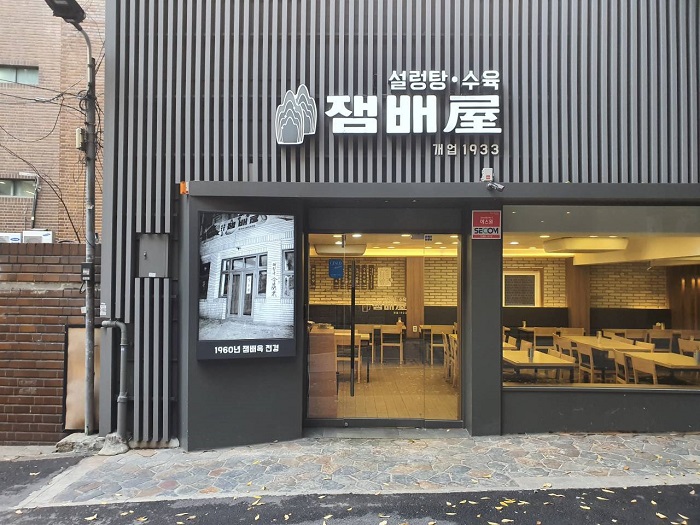
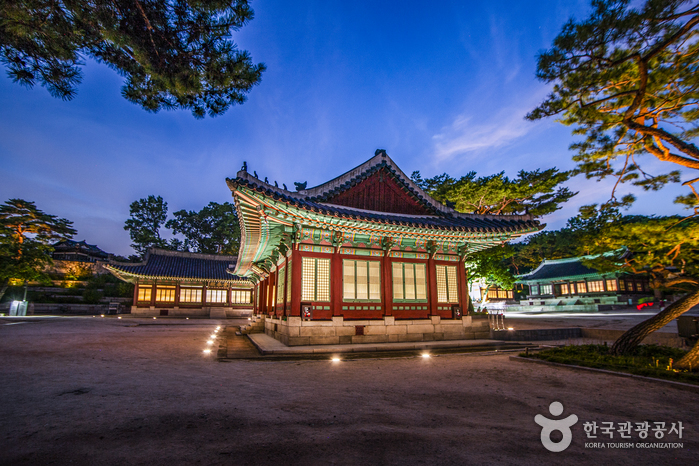
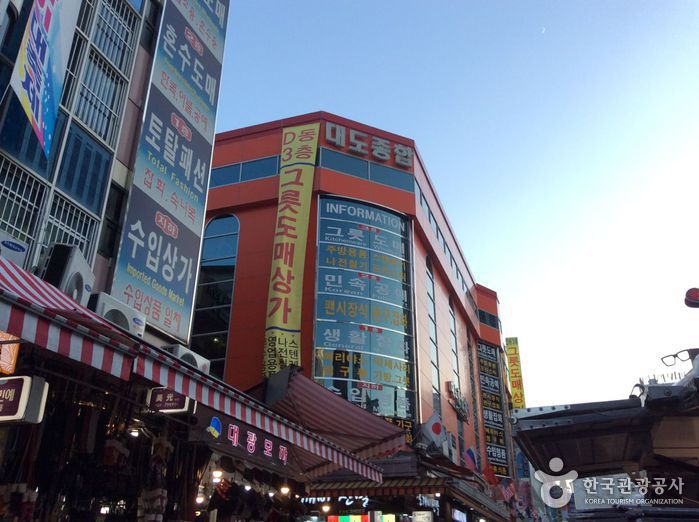
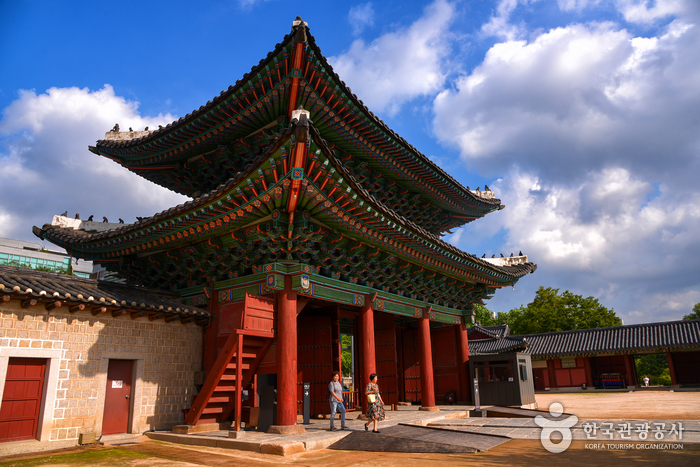
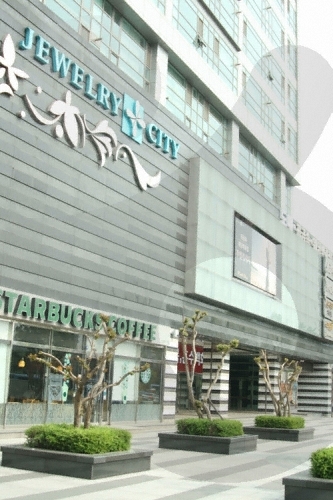
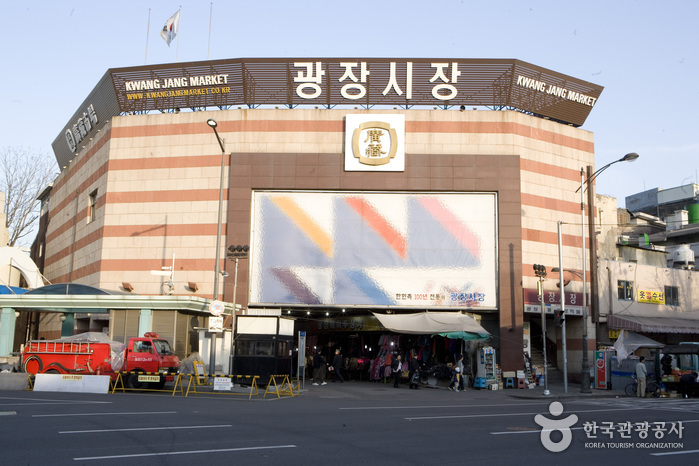

![New Kaist Eyewear [Tax Refund Shop] (뉴카이스트안경원)](http://tong.visitkorea.or.kr/cms/resource/81/2878581_image2_1.jpg)
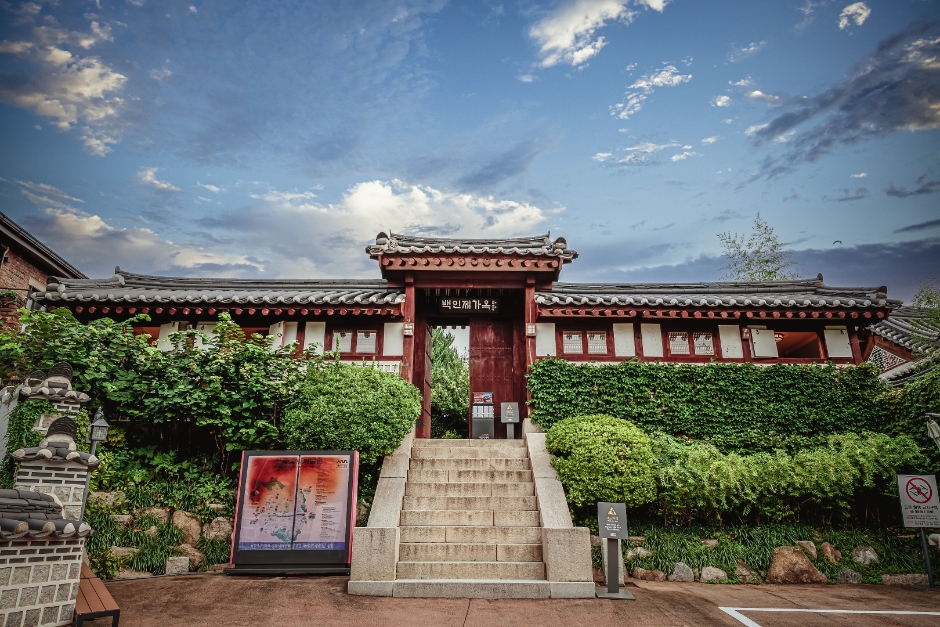
 English
English
 한국어
한국어 日本語
日本語 中文(简体)
中文(简体) Deutsch
Deutsch Français
Français Español
Español Русский
Русский